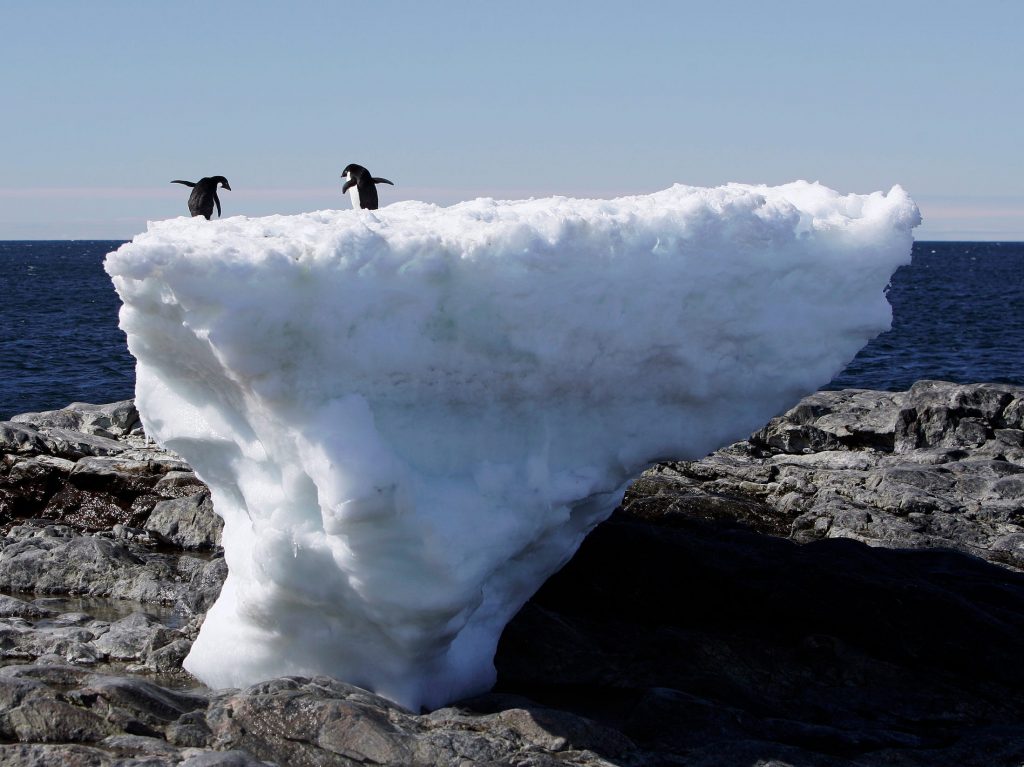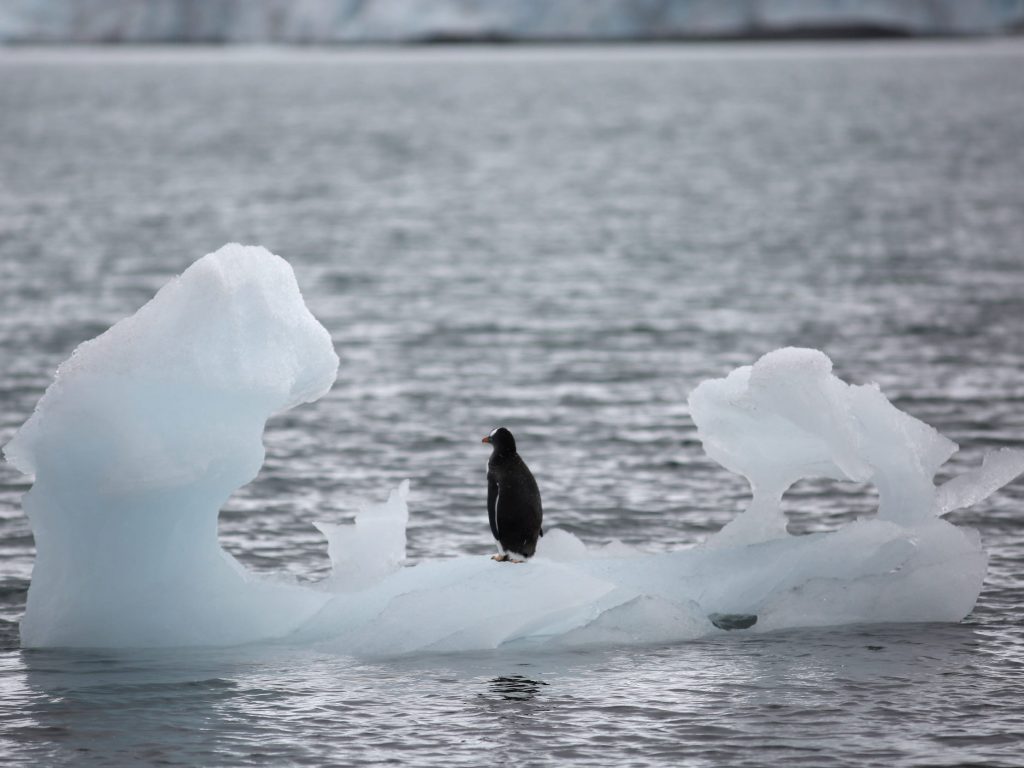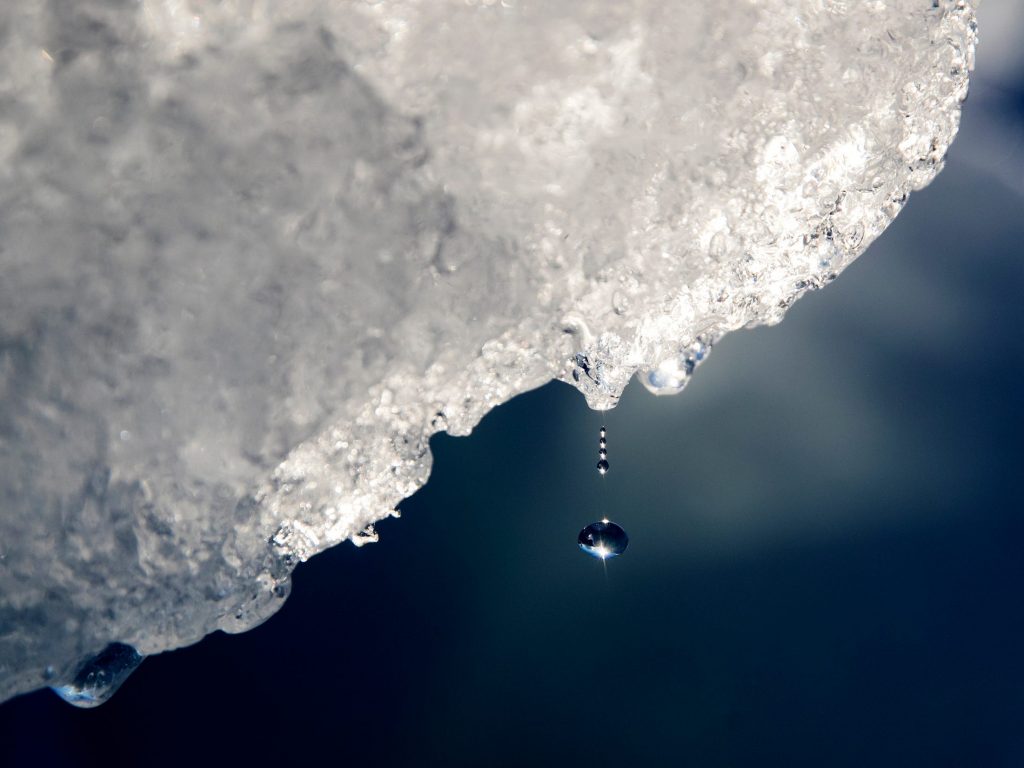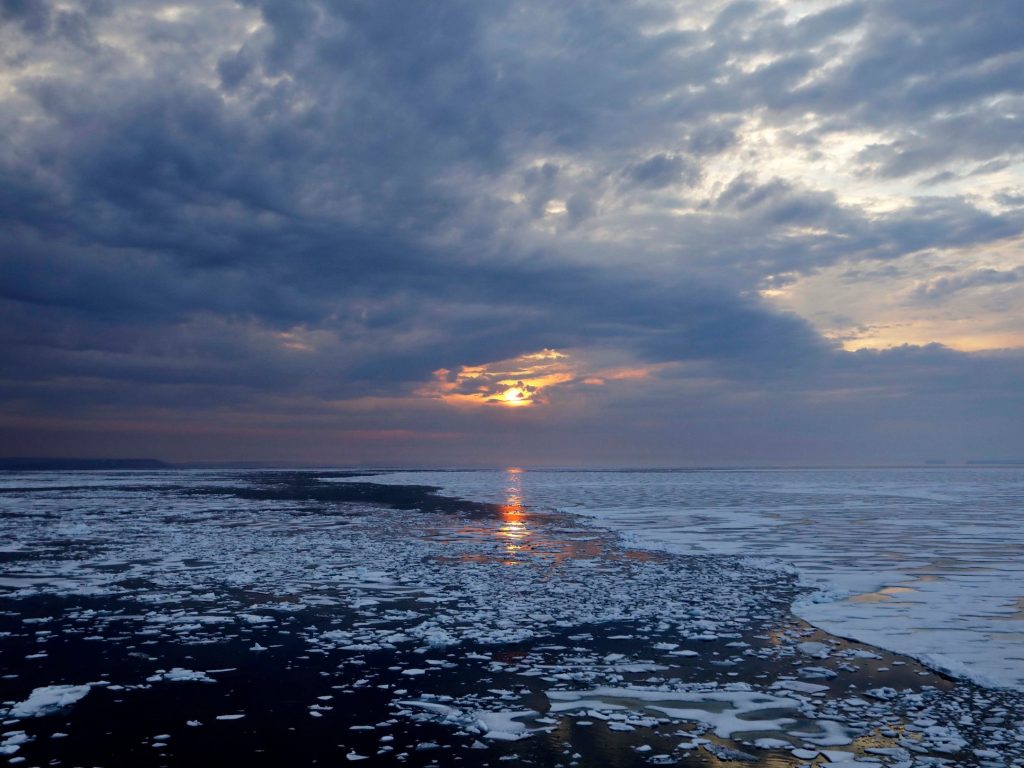- Antarctica and the Arctic suffered heat waves in the past week, reaching 70 and 50 degrees Fahrenheit above normal.
- The poles are in opposite seasons, but atmospheric rivers carried moisture and warm air to them.
- It's not clear if climate change caused the double heat wave, but the poles are warming faster than the rest of the planet.
Heat waves blanketed the planet's poles in unseasonably warm temperatures over the past week.
In parts of the Arctic, temperatures soared to about 50 degrees Fahrenheit (30 degrees Celsius) above average on Friday, according to The Associated Press. The same day, on the other end of the planet, Antarctica's Dome C research station registered a record temperature of 13.8 degrees, about 70 degrees above average. Vostok station, sitting 2 miles high on the Antarctic plateau, registered a similarly extreme temperature of 0.1 degrees.
As of Tuesday, the Antarctic heat wave was subsiding, but temperatures remained about 50 degrees above normal, according to Robert Rodhe, lead scientist at the environmental data nonprofit Berkeley Earth.
"This event is rewriting record books and our expectations about what is possible in Antarctica," Rodhe said on Twitter. "Is this simply a freakishly improbable event, or is it a sign of more to come? Right now, no one knows."

The poles are in opposite seasons — it's fall in Antarctica, just starting to chill, while the Arctic is emerging from the dark depths of winter. But the mechanisms driving their respective heat records are the same. Atmospheric rivers — long, flowing columns of water vapor, like rivers in the sky — carried large amounts of moisture and warm air to both poles, causing the double-whammy polar heat wave.
In Antarctica, a high-pressure system called a "heat dome" also moved in and sat over the eastern side of the continent, trapping heat and moisture there, according to The Washington Post.
"Are these two heat waves linked? We don't know yet, and it's most likely a coincidence," Antarctica researchers Dana Bergstrom, Sharon Robinson, and Simon Alexander wrote in The Conversation on Tuesday.
Still, they added: "Modeling suggests large-scale climate patterns are [becoming] more variable. This means this seemingly one-off heat wave may be a harbinger for the future under climate change."
The poles are warming faster than the rest of the planet

While scientists can't directly attribute these warming events to climate change, it's possible that later studies will allow them to do so. Just a week after a record heat wave killed hundreds of people across the Pacific Northwest last June, World Weather Attribution published a study that concluded the event would have been "virtually impossible" without human-caused climate change.
Global temperatures are rising as humans add more heat-trapping gases like carbon dioxide to the atmosphere, and the poles are warming faster than the rest of the planet.
Periods of warmth during the winter are a natural part of the Arctic climate, but research shows they're happening more frequently and lasting longer as the planet warms. In Antarctica, a lack of historical records makes it difficult to contextualize this weather.

"The first of the precise temperature records start in the late 1950s, so it's really hard to work out what's remarkable and what's not," Matt King, director of the Australian Centre for Excellence in Antarctic Science, told The Guardian. "Sometime down the track, depending on what we do with our carbon emissions, we might see these types of temperatures much more regularly."
Alongside the heat wave, and possibly because of it, Arctic sea ice coverage dropped suddenly this month, according to data from the Norwegian Meteorological Institute.
At the other pole, even before the heat wave, Antarctica was at its lowest sea ice coverage since records began, The Guardian reported in February.

